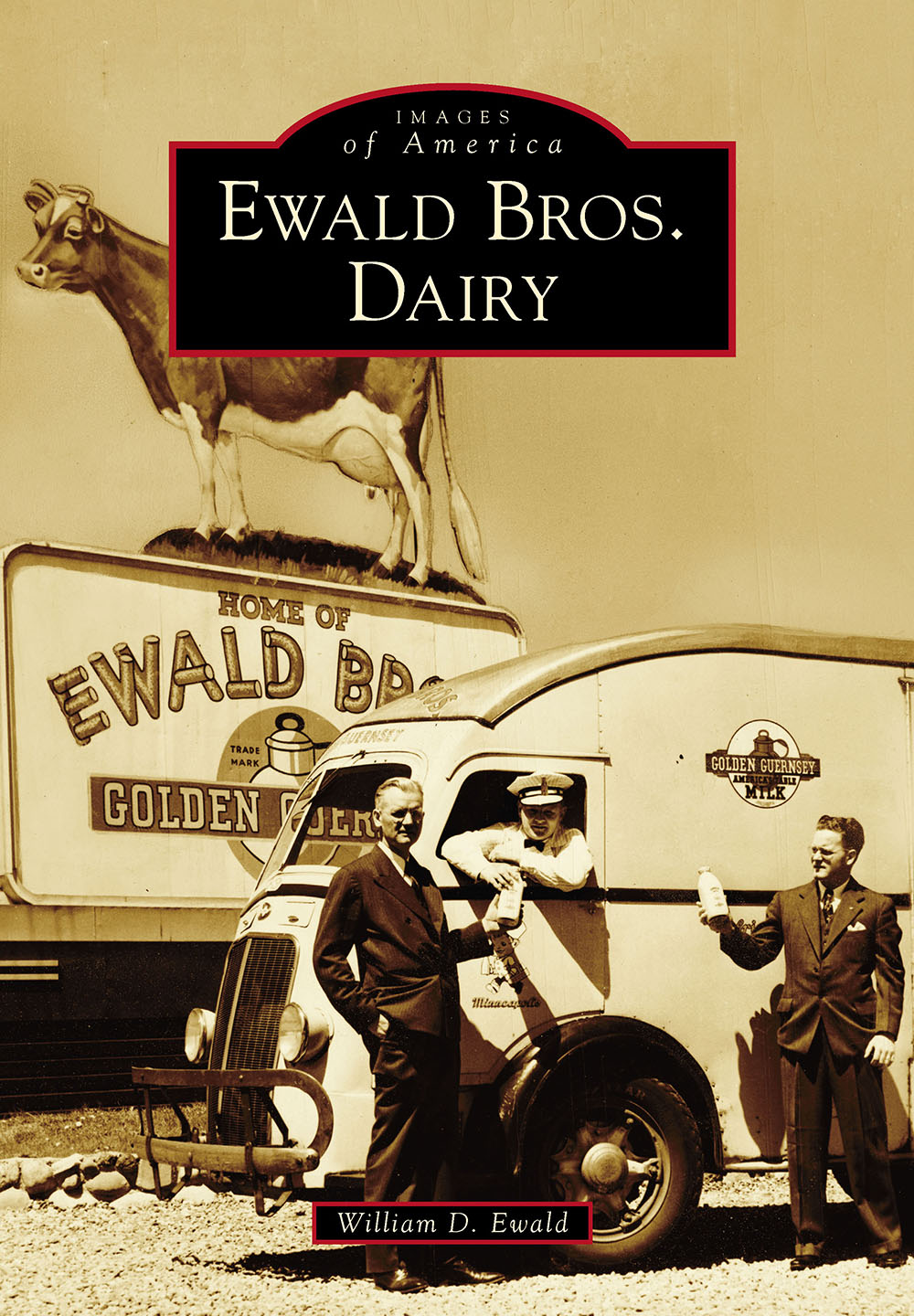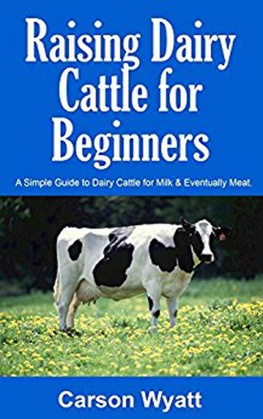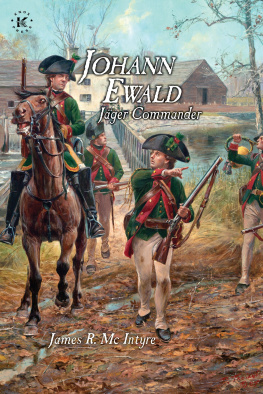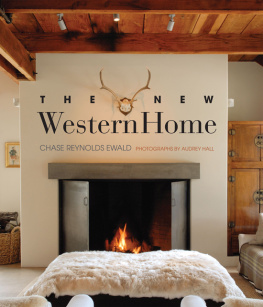
IMAGES
of America
EWALD BROS.
DAIRY
ON THE COVER: From left to right, Dewey, Ralph, and Don Ewald promote Ewald Bros. Dairys new space-saving quart milk bottle. See page 31 for more information. (Courtesy Norton & Peel.)
IMAGES
of America
EWALD BROS.
DAIRY
William D. Ewald

Copyright 2017 by William D. Ewald
ISBN 978-1-4671-2684-7
Ebook ISBN 9781439661802
Published by Arcadia Publishing
Charleston, South Carolina
Library of Congress Control Number: 2017933417
For all general information, please contact Arcadia Publishing:
Telephone 843-853-2070
Fax 843-853-0044
E-mail
For customer service and orders:
Toll-Free 1-888-313-2665
Visit us on the Internet at www.arcadiapublishing.com
This book is dedicated to the staff of Behavior Therapy Solutions of Minnesota in recognition of the extraordinary mental health support they provide patients diagnosed with mental health issues and their treatment of children diagnosed with autism spectrum disorder. All of the authors royalties from the sale of this book will be donated to the facility in support of its continued care and resources for those in need.
ACKNOWLEDGMENTS
Compiling this book was an enormous privilege entrusted unto me by my family members along with the encouragement of the great citizens of North Minneapolis. My mother and father provided steady help, love, and encouragement to bring this story to life. My fathers daily support throughout this process will forever be appreciated. The steadfast patience of my wife, Roxanne, will never be forgotten. Our children and co-archivists, Christopher and Nicole, provided wonderful assistance and encouragement along the way. A special thank-you is owed to Steve Hamborg, son of longtime Ewald driver Einar Hamborg; Steve is perhaps the foremost authority on the Minneapolis dairy business and provided invaluable information and factual validation of images, dates, and supporting documentation.
Unless otherwise noted, the images contained within this book came from the Ewald family archives, with additional photographs and stories shared by past Ewald employees and their families.
I would also like to acknowledge Minneapolis photography studio Norton & Peel for preserving our familys images and gifting them exclusively to the family for our use. Thanks are given to Don Anderson of the Golden Valley Historical Society, the Minnesota Historical Society, and Diane Jacobson Mcgee of the Robbinsdale Historical Society. The images in this book span many decades, and several are over 100 years old, which required the technical scanning assistance of Paul Eide and Bryan McGovern. The Naegele family provided interesting photographs and supporting details. Thatcher Imboden, coauthor of Uptown Minneapolis, provided the initial introduction to Arcadia Publishing as well as encouragement in the early stages of the proposal. A very special thank-you is owed to Arcadia title manger Liz Gurley for her constant professional support and patience.
INTRODUCTION
I will prepare and someday my chance may come.
Abraham Lincoln
The Ewald family first arrived in the United States in 1884 aboard the passenger-cargo steamship SS Indiana. The recently widowed Moa Ewald and her young Danish family of three boys and two girls, ranging in ages from four to fourteen, boarded the sturdy iron ship with no more than the clothes on their backs, limited savings, and a handful of blankets. During the three-week voyage to America, the blankets would prove necessary as the ship was filled over capacity and the family had to huddle in hallways for rest and to pass the time, as there were no rooms available.
After their arrival at Ellis Island, Moa and her children first set out for Wisconsin, which was well known for its great abundance of farmland and opportunity. After a brief stay, the family moved to Minnesota, where friends awaited them and provided shelter while the young family settled into their new country. The Ewalds eventually moved to a small farm at Forty-Fifth Street and Twenty-Eighth Avenue South in Minneapolis, an area near what is now the eastern boundary of Hiawatha Golf Course.
Moas oldest son, Chris, who turned 14 that year, secured a job as a helper on a milk route in South Minneapolis. Undaunted by his inability to speak English, young Chris greeted his employer with a hearty goodag, delivered with a strong Danish accent. Fired with zeal to support his mother and siblings, Chris studied the new language closely and became increasingly proficient. Two years later, at age 16, he used the familys meager savings to purchase his employers milk wagon, horse, and route. With the help of his younger brother John, Chris started the Ewald Bros. Dairy. The milk they distributed was produced on the Ewald family farm by cattle that John herded when he was not helping his brother. John, who was nine years old at the time, soon left to begin his own business, Minneapolis Hide and Tallow.
Chris was determined to grow the family dairy as his sisters tended to the obligations of the farm. Soon after starting the business, Chris married Gertine Hanson, and together, they had four sons and three daughters, Bob, Dewey, Ray, Don, Vera, Florence, and Mae.
At that time, Golden Valley was primarily agricultural and undeveloped. William W. McNair, a prominent figure in public affairs, died in September 1885 and left the management of his estate to a son-in-law, who in turn negotiated an agreement to lease the sprawling hills and farmland to Chris. In 1911, Chris, with the assistance of his brother John, moved the family and their herd from their home in South Minneapolis across town to the new farm. It comprised 700 acres of hills and pastures and was located on what is now known as Theodore Wirth Park and Golf Course on the MinneapolisGolden Valley border reaching across Olson Memorial Highway and stretching to the Robbinsdale border.
After completing the move to the farm, Chris and his oldest son, Robert, ran the farm, and Ray and Dewey, who had previously been pulled out of school in the eighth grade to assist the rapidly growing business, delivered the milk.
During this time, milk was still delivered to homes twice daily since iceboxes could not keep it from spoiling overnight. The milk was dipped out of a milk can that had been previously processed in the Ewald family kitchen with quart- and pint-sized dippers and poured into pitchers, which customers brought to the Ewald wagon. Ice-filled burlap bags kept the milk cool while in the wagon.
Chriss son Ray left for service with the 14th US Cavalry in 1917 but rejoined the firm after completing his two-year enlistment. Originally declined entry into the service for his limited education, Ray was eventually accepted for his strong knowledge and proven work ethic as a farmer. By the time Ray returned, the dairy had grown to include 36 horse-drawn wagons and three motorized milk trucks.
As the dairy business continued to grow, Chris purchased five acres of land on the Minneapolis side of Xerxes Avenue. The first Ewald milk plant, which was built on the northwest corner of Nineteenth and Xerxes Avenues, was directly across the street from the farmhouse and dairy barns of the McNair farm. The new state-of-the-art creamery was completed in 1920. The dairy included an automatic milk bottler and capper along with pasteurization and processing equipment.
The creamery could handle more milk than the Ewald farm produced, and soon, other farmers began delivering their milk to the dairy for processing and distribution. The Ewald family eventually moved off the family farm in 1923 to a house they had built at 2800 Nineteenth Avenue North. This transition meant they had to purchase all the milk they processed since they sold their cattle at the time of the move.
Next page












